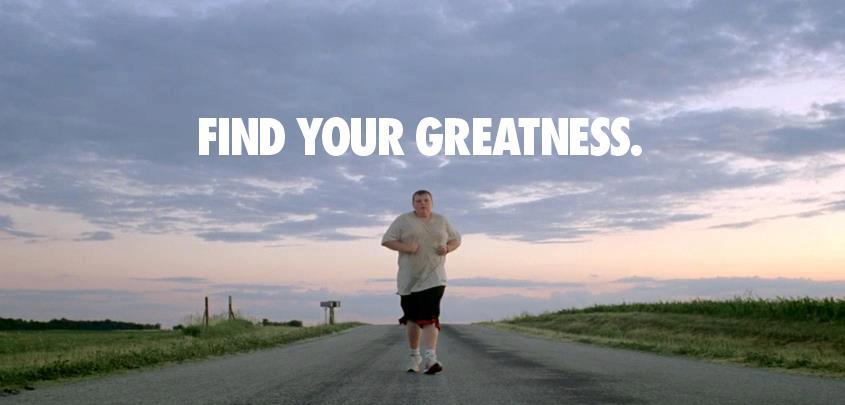The “Why” behind “Find Your Greatness” campaign

In 2012, during the London Olympics, Nike launched a campaign focused of showcasing the everyday athlete. The “Find your greatness” campaign, as it was called, consisted of short, minute-long videos that showed “everyday people” participating in athletic activities. The most well-known ad, known as “The Jogger,” received close to one-million hits on the company’s YouTube Channel.
Nike was able to set itself apart from competitors, such as Adidas, through the “Find your greatness” campaign by featuring amateur athletes instead of professional ones. This allowed for greater resonance within the consumer base by instilling the belief that all are capable of achieving greatness.
Greg Hoffman, Nike VP of Brand Design & Communications, stated, “The idea behind ‘Find Your Greatness’ is simply to inspire and energize everyday athletes everywhere to celebrate their achievements, participate and enjoy the thrill of achieving sport at their own level.” The company’s co-founder, Bill Bowman, echoed Hoffman’s statement by affirming the idea that having a body in itself is enough to make one an athlete.

Inspiration leads to success
Nike lost its official sports wear sponsorship for the Olympics to Adidas in 2012. In order to compete and gain an edge on its competitor, Nike needed to create an ad that drew consumers in and gave them purpose and a cause to believe in. The “Find Your Greatness” marketing technique was creative and resulted in multiple views and shares of the campaign videos via social media. The campaign allowed the consumer base, which consists of high school athletes and, joggers, cyclists and swimmers,to see themselves in some way as capable of what professional athletes do. The direct comparison at the same time of the Olympics also allowed for an increased interest in sports wear and athletic product. Nike created a campaign that identified the everyday athlete and inspired them to push the limits in order to find their own greatness.





